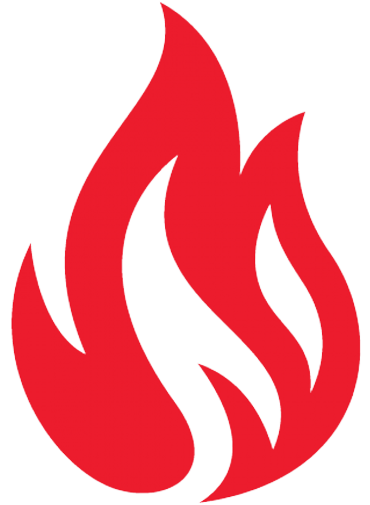How do you calculate units of alcohol?
You can work out how many units there are in any drink by multiplying the total volume of a drink (in ml) by its ABV (measured as a percentage) and dividing the result by 1,000. For example, to work out the number of units in a pint (568ml) of strong lager (ABV 5.2%): 5.2 (%) x 568 (ml) ÷ 1,000 = 2.95 units.
How do you use drinkaware app?
Download the app
- See how your drinking compares to previous weeks.
- Take a quick test to see your risk level.
- Check how many units or calories are in each drink.
- Shows you when you have been binge drinking.
- Set goals to help you moderate your drinking over time.
- Understand the link between alcohol and sleep quality.
How much is 21 units of alcohol per week?
2-3 units a day or approximately 21 units a week. This is the equivalent of two bottles of wine a week.
How much is 14 units of beer a week?
The recommended weekly limit of 14 units is equivalent to 6 pints of average-strength beer or 10 small glasses of low-strength wine. New evidence around the health harms from regular drinking have emerged in recent years.
What is 1 unit of alcohol equal to?
One unit is 10ml or 8g of pure alcohol. Because alcoholic drinks come in different strengths and sizes, units are a way to tell how strong your drink is. It takes an average adult around an hour to process one unit of alcohol so that there’s none left in their bloodstream, although this varies from person to person.
How many days a week is alcohol free?
two alcohol free days
Aim for two alcohol free days per week. When drinking alcohol, try to drink plenty of water to avoid dehydration. Alternate alcoholic drinks with non-alcoholic drinks such as water or soda water.
Is 35 units a week too much?
Most people will have been drinking heavily (more than 35 units a week) for at least six to 10 years before they end up in hospital with serious problems. A couple of large glasses of wine a day could take you up to 35 units by the end of the week.”
Is 40 units of alcohol a week too much?
High Risk Drinking Drinking over 35 units a week as a woman, or over 50 units a week as a man, puts your health at High Risk of harm and disease. The risk of developing a range of illnesses (including, for example, cancers of the mouth, throat and breast) increases with any amount you drink on a regular basis.
Is 4 beers a day too much?
According to the National Institute on Alcohol Abuse and Alcoholism, drinking is considered to be in the moderate or low-risk range for women at no more than three drinks in any one day and no more than seven drinks per week. For men, it is no more than four drinks a day and no more than 14 drinks per week.
How many units is a shot of alcohol?
Spirits used to be commonly served in 25ml measures, which are one unit of alcohol, many pubs and bars now serve 35ml or 50ml measures. Large wine glasses hold 250ml, which is one third of a bottle. It means there can be nearly three units or more in just one glass.
How are units calculated?
The maths is straightforward. To calculate units, take the quantity in millilitres, multiply it by the ABV (expressed as a percentage) and divide by 1,000. To work out units when volume is expressed in pints, you need to convert to millilitres. 1 pint is 568ml, so as an approximation, 1 pint can be considered as 500ml.
What does 1 unit of alcohol look like?
One unit of alcohol (10ml or 8g) is the equivalent to: A single measure of spirits (ABV 37.5%); half a pint of average-strength (4%) lager; two-thirds of a 125ml glass of average-strength (12%) wine; half a 175ml glass of average-strength (12%) wine; a third of a 250ml glass of average-strength (12%) wine.
Is 2 days without alcohol good?
Taking alcohol-free days can also lead to a real sense of achievement. Drinking every day, even if you don’t drink a lot, can damage your liver. British Liver Trust research found that taking one or two days off from drinking helps your liver recover.
What happens if you don’t drink alcohol for 2 days?
Symptoms/outcomes you may see Onset of withdrawal symptoms which may include hand tremors, retching, excessive sweating, restlessness and anxiety. Withdrawal symptoms continue. Alcohol cravings, reduced energy and feeling low or depressed are common. Sleep is likely to be disturbed.
Is 50 units a week an alcoholic?
